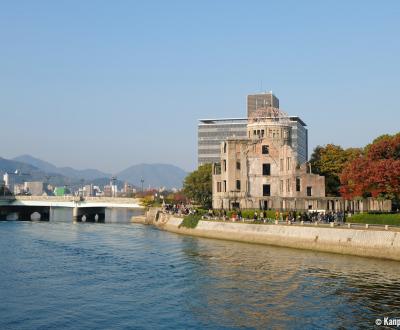Nuclear-related Events in Japan
A Territory Impacted by Several Nuclear Disasters
Japan was deeply impacted by two major events related to nuclear power.
1945 Atomic bombings
During WWII, the United States decided to put to test a new weapon against their Japanese enemy in an attempt to hurry the end of the war, while demonstrating their power. Two strategic cities were bombed:
- Hiroshima, on August 06, 1945. The estimation of the number of deaths varies according to the sources, between 70.000 to 140.000 and up to 250.000,
- Nagasaki, on August 09, 1945, with a death toll between 35.000 and 80.000 victims.
The deluges of fire, the scale of destruction and the suffering of the survivors have long impacted the country and the world.
Fukushima Daiichi nuclear disaster in 2011
On March 11, 2011 an earthquake near the Tôhoku area caused a giant tsunami that greatly damaged Fukushima Daiichi power plant incurring a major nuclear accident.
The earthquake, the tsunami and the nuclear disaster have caused altogether 21.500 casualties. According to the World Health Organization (WHO), traveling in Japan is safe, as long as one does not enter the 40 km radius zone around the power plant. The name "Fukushima" is often mentioned alone to talk about the nuclear disaster, but it is to the detriment of the rest of the eponymous prefecture, and other places named Fukushima, which is quite a common name in Japan.
Controversial political decisions
After two years of "zero nuke," and against the will of its population, Japan decides to resume the production of nuclear energy, starting with the re-commissioning of Satsumasendai power plant (in the south of the archipelago) in August 2015.
In October 2020, Japan came under fire as it did not ratify the United Nations’ treaty on the prohibition of nuclear weapons, already signed by 50 nations or areas.

